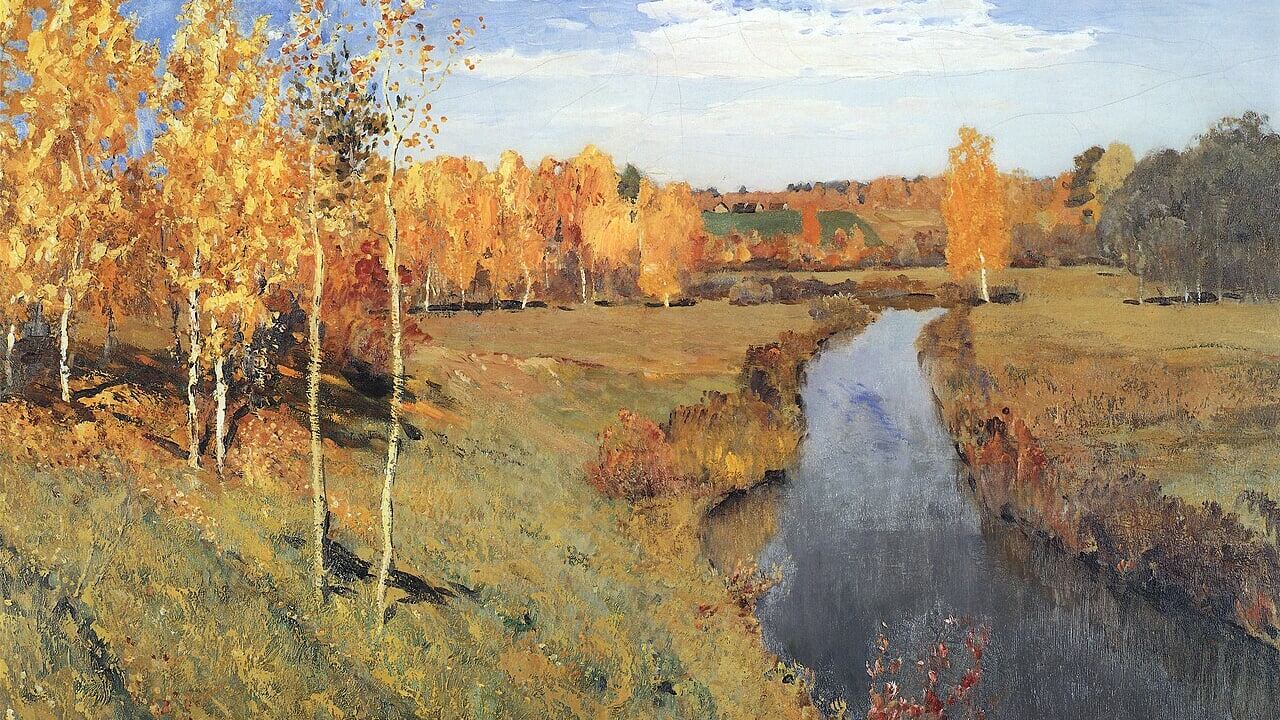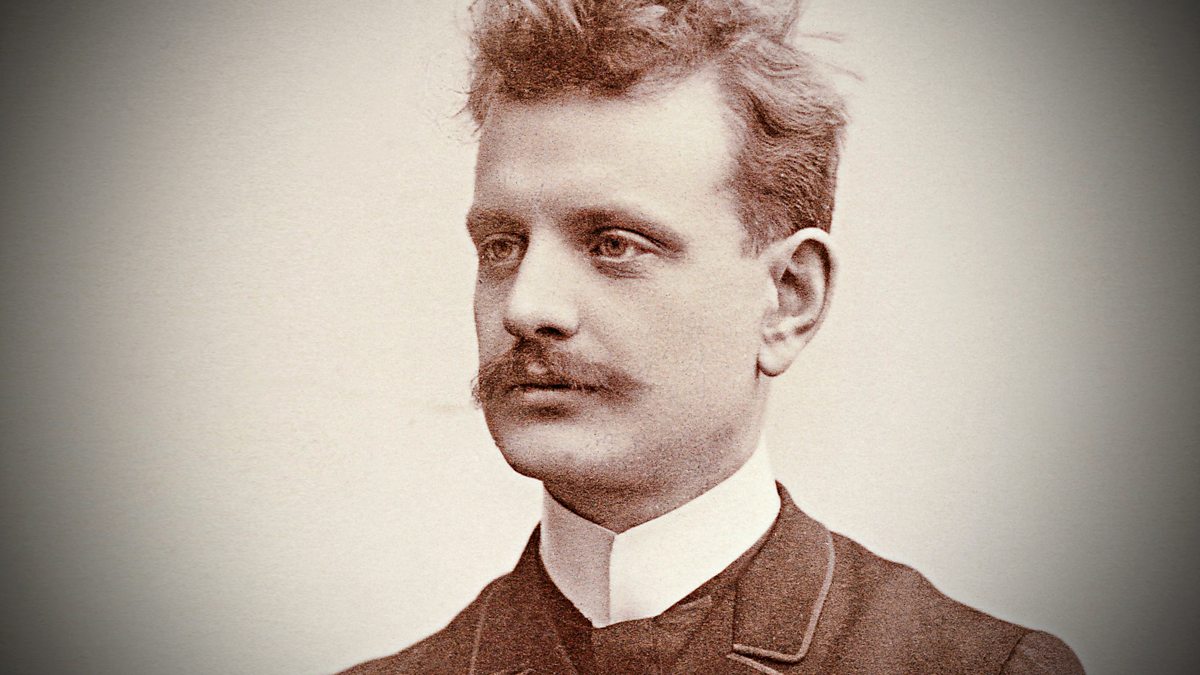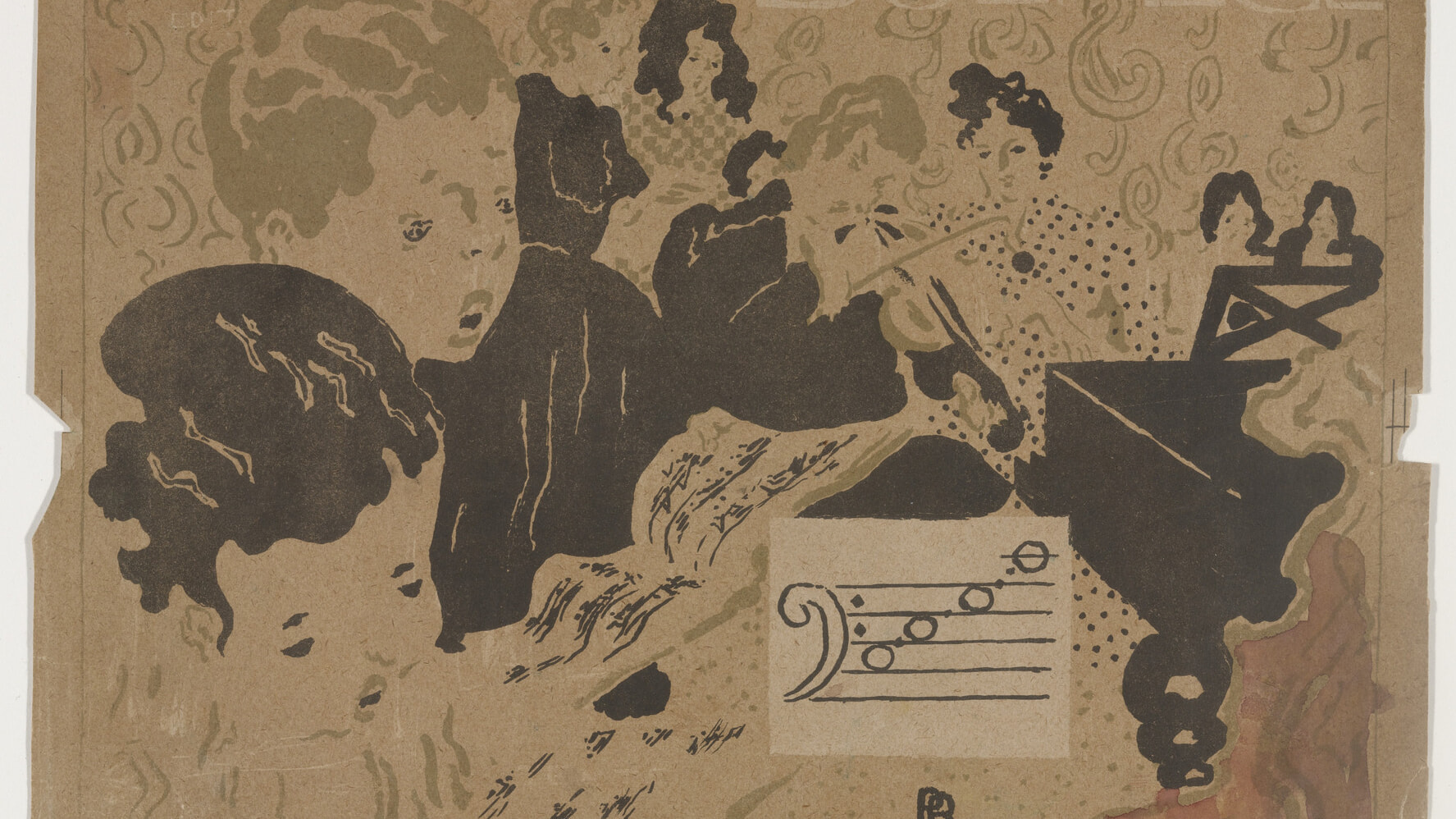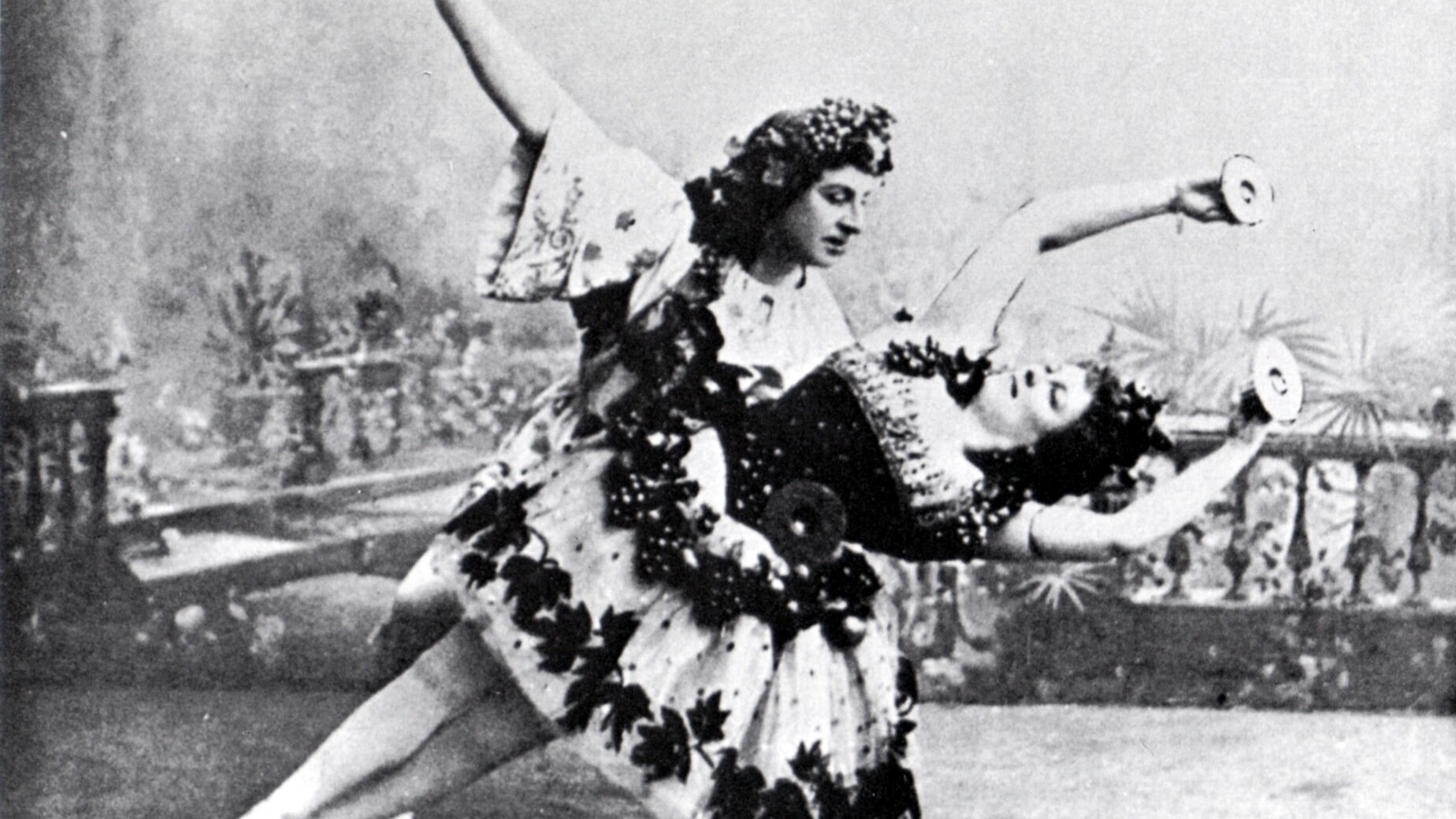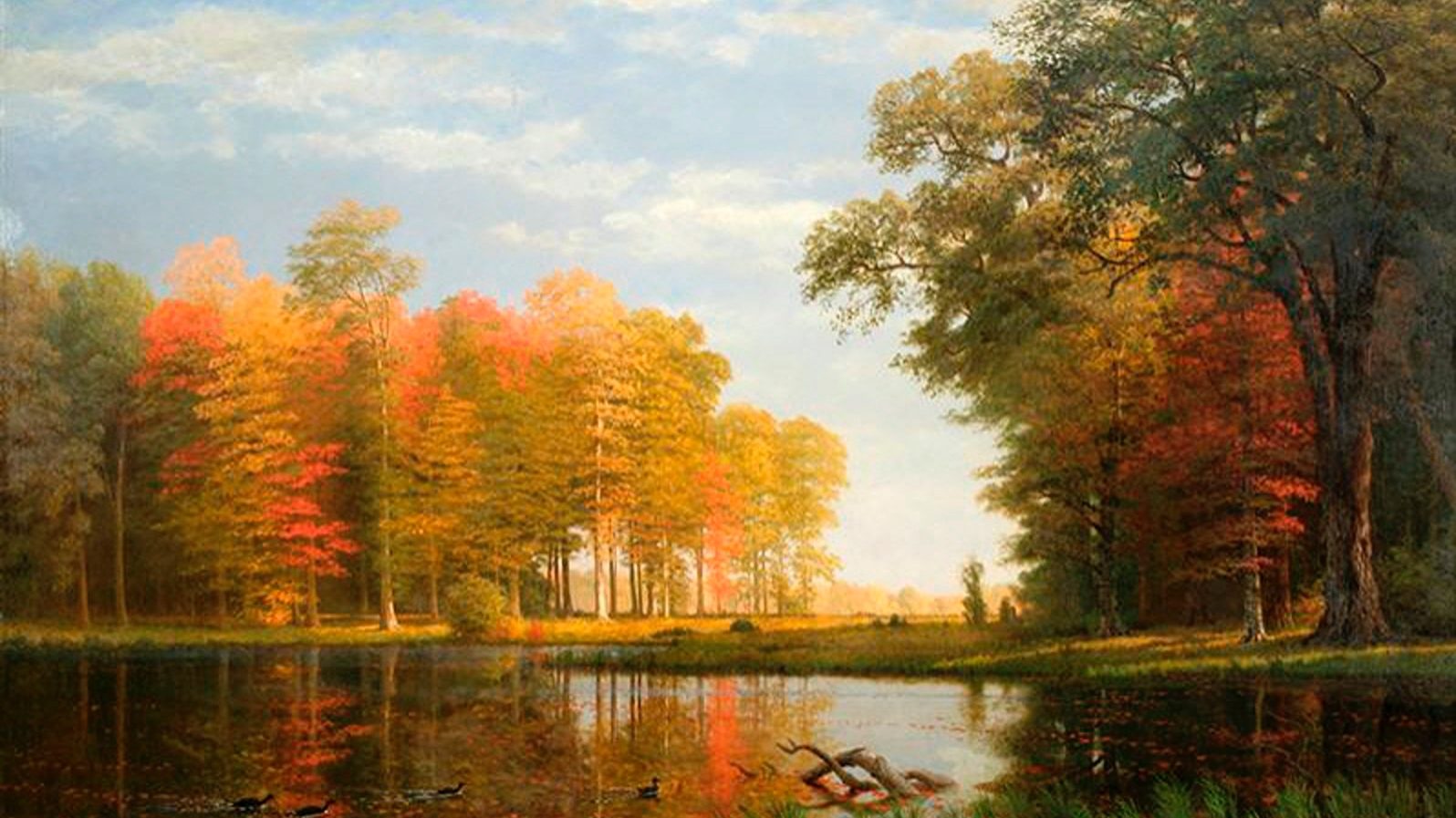Grieg’s Two Elegiac Melodies: From Norwegian Verse to String Choir
In 1880, Edvard Grieg composed a cycle of songs for voice and piano (12 Melodies, Op. 33) based on the poetry of fellow Norwegian nationalist Aasmund Olavsson Vinje (1818–1870). A year later, Grieg transcribed two of the songs, The Wounded Heart (Hjertesår) and The Last Spring (Siste vår), for string orchestra under the title, Two Elegiac Melodies, Op. 34. Divided into multiple shimmering lines, and preserving the natural rhythms of speech, the …


